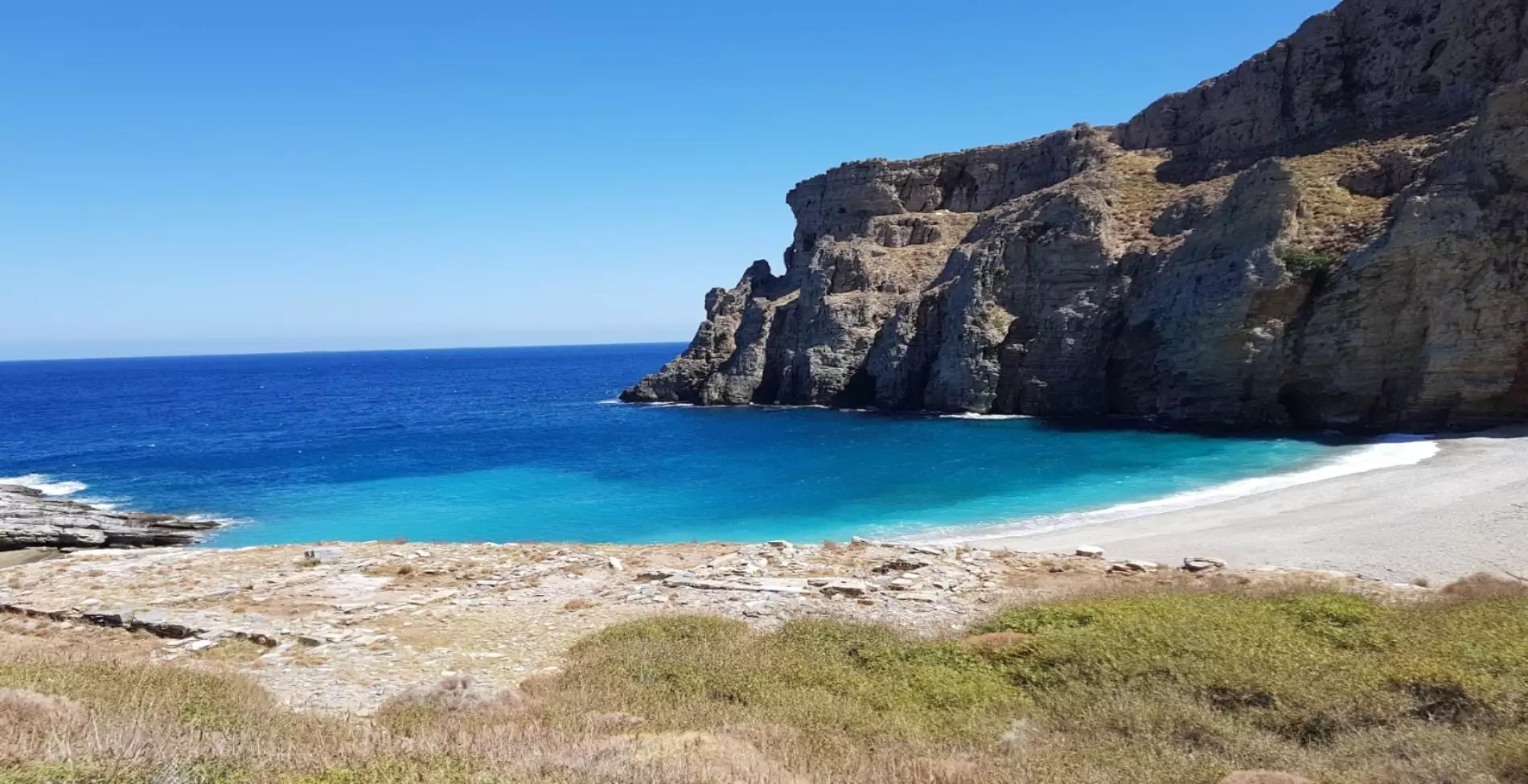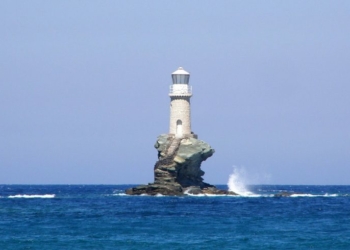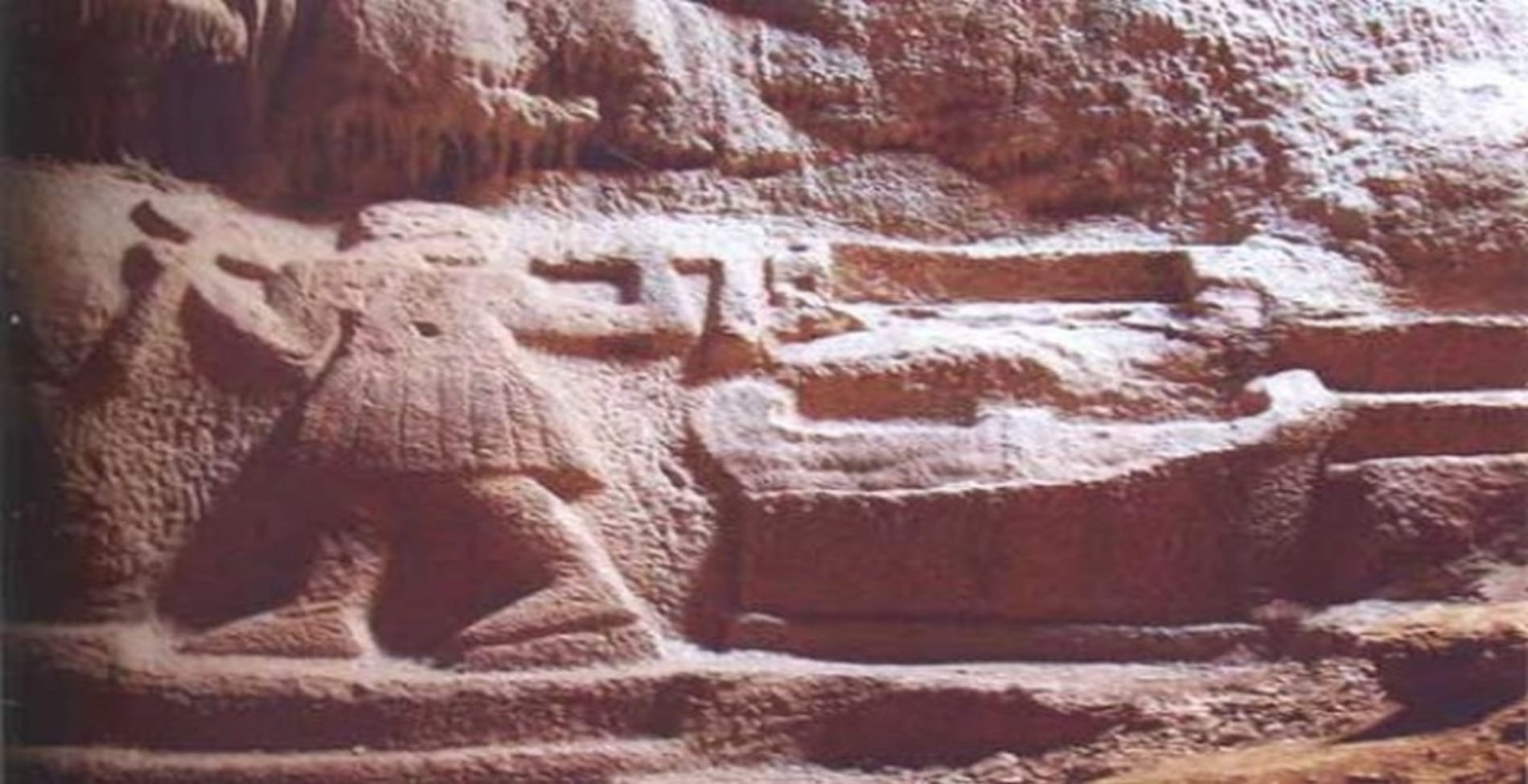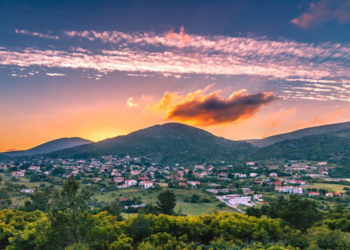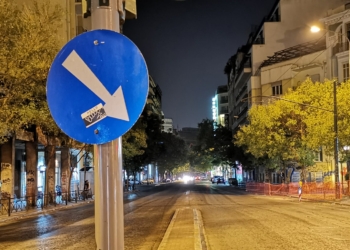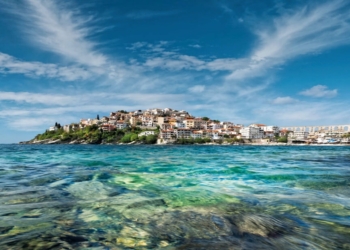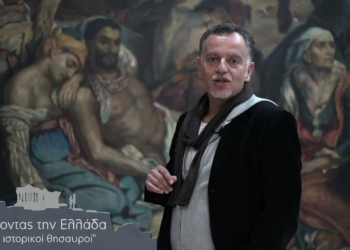In the 1980s, many families who decided to go down to Athens for a walk had the following route: destination Unknown Soldier. We feed the pigeons and then to the… National Garden. There, the ride had an exotic character. Among the trees, the rotunda, the duck pond and back to Syntagma Square for a cup of coffee or a dessert.
In the National Garden, which for many years was called the Royal Garden, and even to this day, many people call it like that, you can go from sunrise to sunset. It is open daily. It is only closed during some long-planned demonstrations that take place in the centre of Athens. It is one of the most important and beautiful places in the heart of Athens.
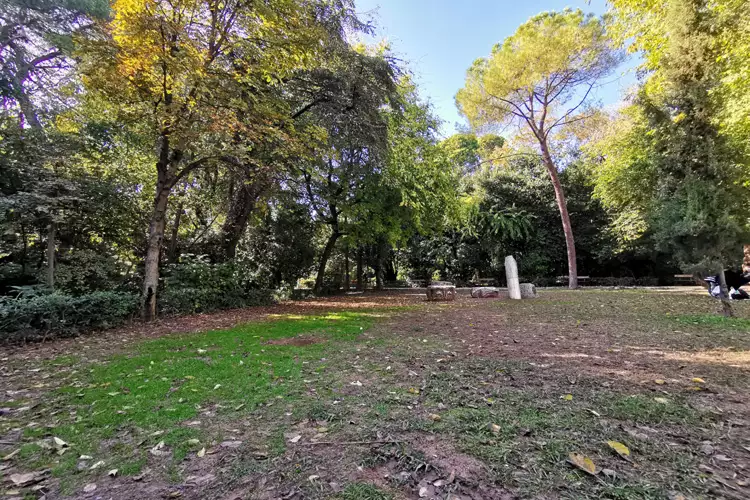
How did Klafthmonos Square get its name?
In the years of King Otto and Queen Amalia, the architect of the Palace set up the garden. The Royal Garden. Friedrich von Gertner set its borderline in 1836 on an area of about 500 acres. The plan was changed because the area blocked the road that connected Athens to Amarousion to Kifissia. The revision was undertaken in 1839 by the engineer of the palace, Choch.
Thousands of plants were imported from Greece and abroad.
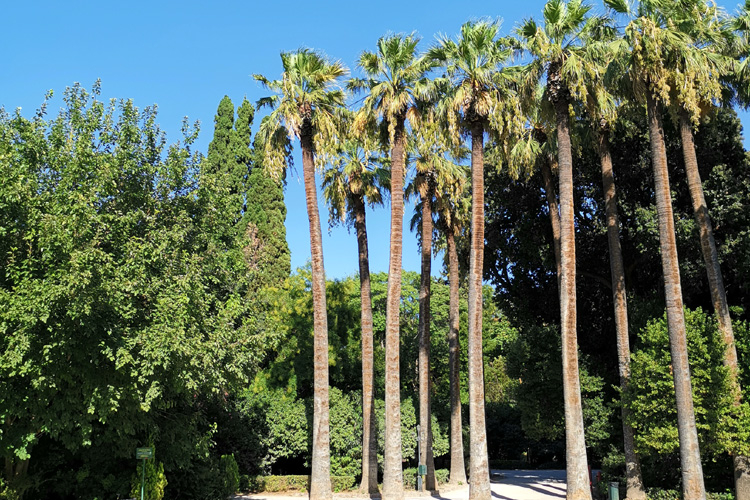
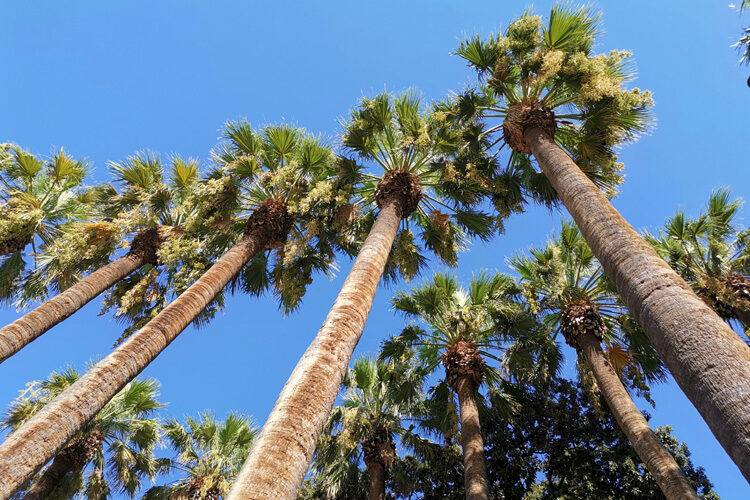
“The palm trees I have planted are already growing wonderfully. I imagine people walking under them after 300 years. So I laugh at all those who shook their heads doubting my plans and their success.”,Queen Amalia wrote in a letter dated 8th of March 1846.
One-day trip to the Tatoi estate: A unique experience
The garden was watered by The Aqueduct of Pisistratus. It was built at the time of the tyrant Pisistratus (in Ancient Athens) and legend has it that the inhabitants of Athens resented it when the water was channelled into the acres of the garden because the water supply to them was cut off.
Privatization of the garden and changes to the name
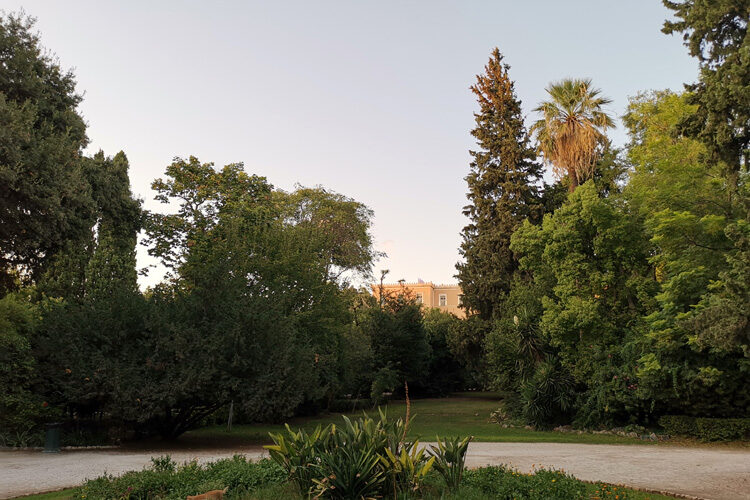
The National Garden today
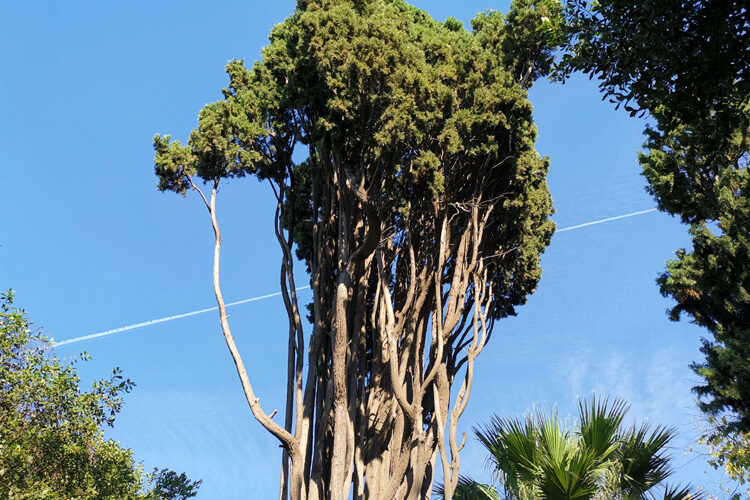
For many, it’s the perfect place to run, and they’re probably right. On your walk, you will meet several tourists. If you go on a weekend, you might run into a children’s party. On the Zappeion Mansion side, there is a relatively large playground.

Have you visited the Museum of the City of Athens?
There are seven entrances. Apart from that of Amalia, you can enter from Vasilissis Sofias Avenue as well. From the remaining five, two are permanently closed, split between Herod Atticus and the Zappeion park. Whichever entrance you choose, you will enjoy yourself equally. Your eyes will be relaxed, even your mind. What is important is entering the Garden. You’ll discover a different world. Just a few meters from the hustle and bustle of Athens. You should add it to your schedule!
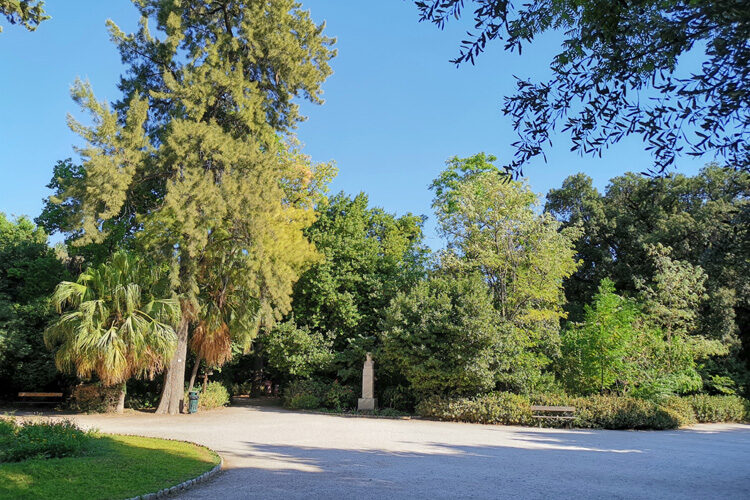
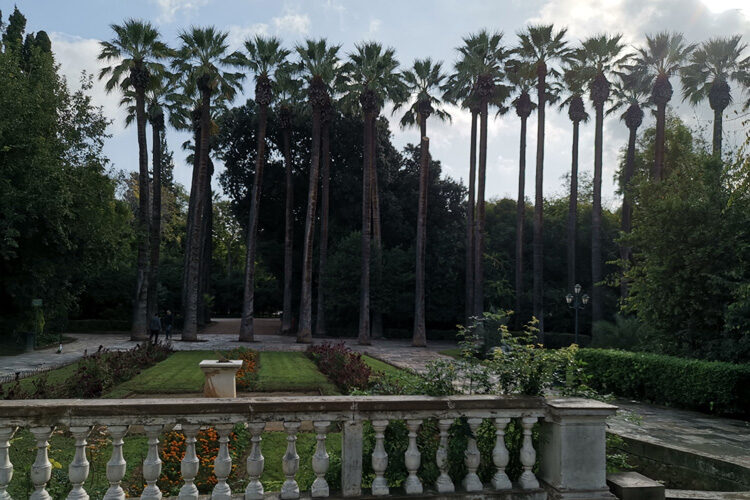
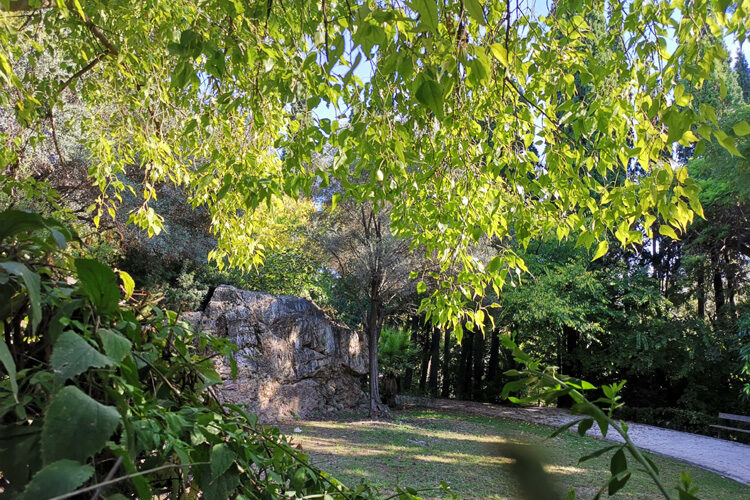

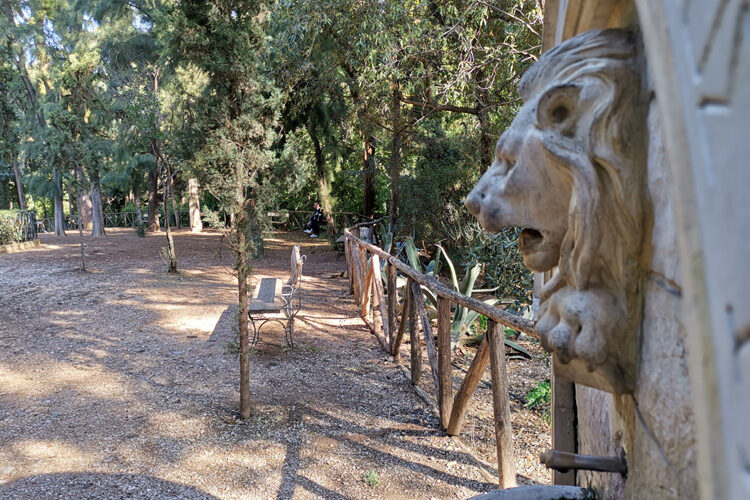
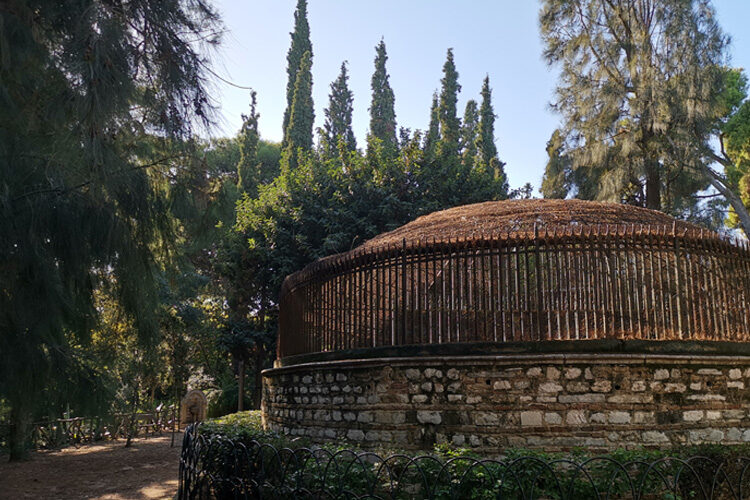
The five carriages that take you back in time
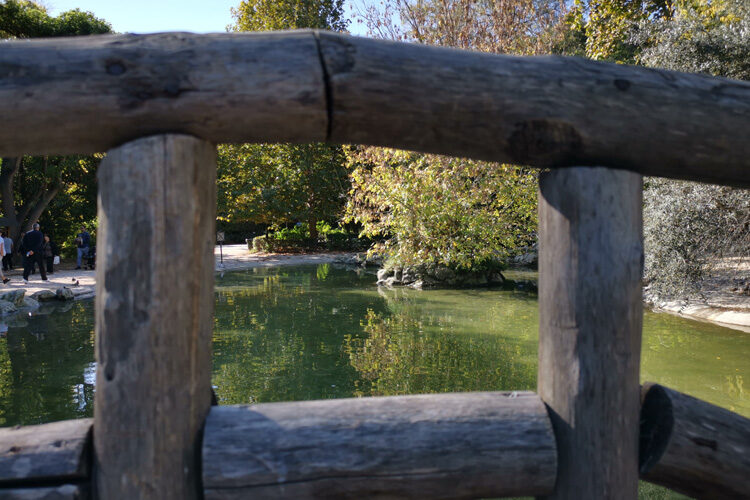
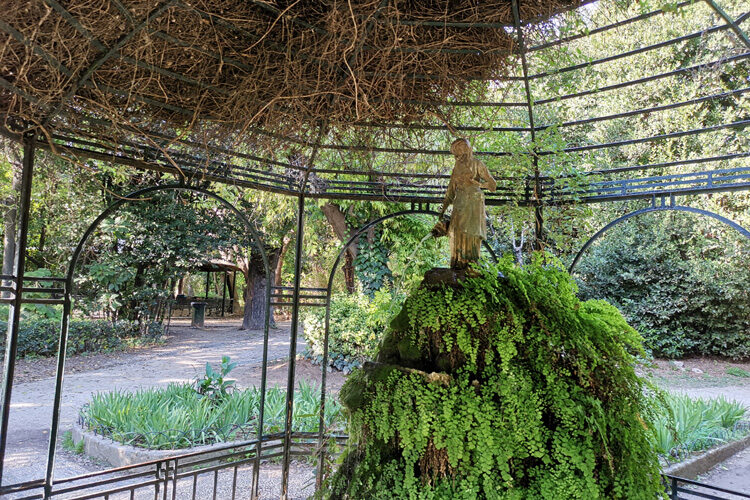
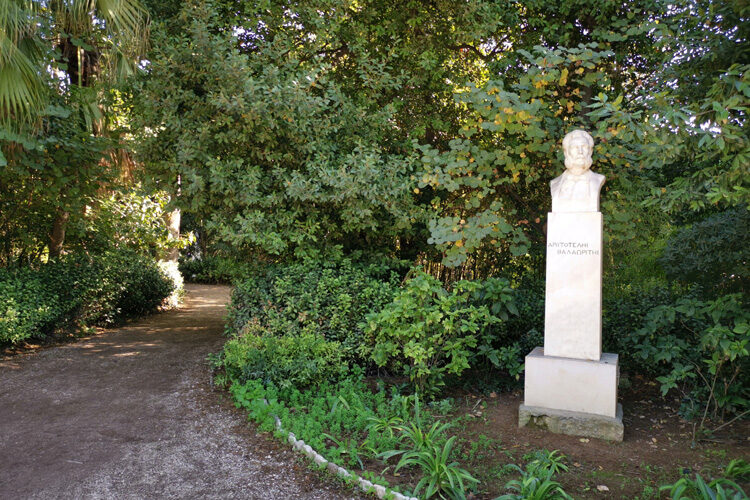
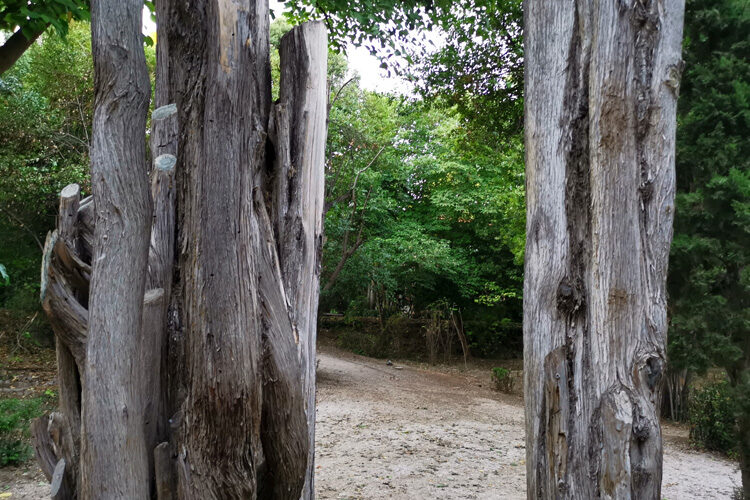
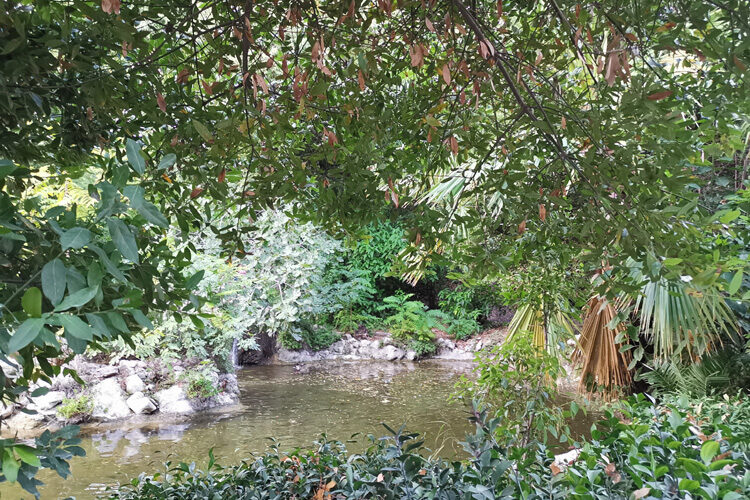
Athens: The most sought after areas in the real estate business.



